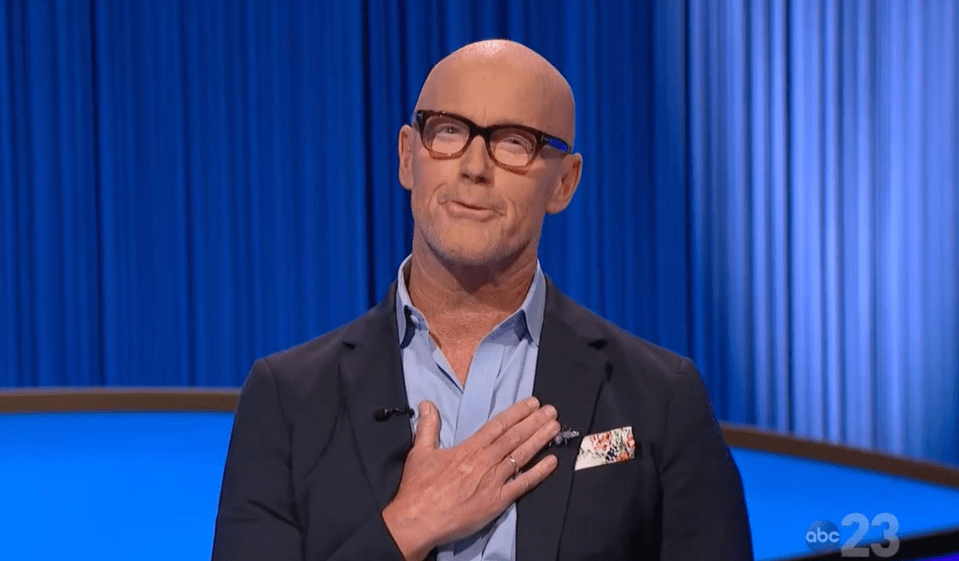New retirement rule change in 2025 will allow Americans to put $500 more in their pockets but your age will be a factor
Many Americans are fearful they have not saved enough for retirement.
But a major change coming in 2025 will allow a number of people to put more money into their nest egg and be better prepared for the final life stage.
The IRS in November announced higher 401(k) contribution limits coming into effect next year, increasing employee deferrals from $23,500 up from $23,000 in 2024.
Catch-up contributions remain unchanged at $7,500 for investors aged 50 or older, but workers aged 60 to 63 can save even more.
Investors aged 60 to 63 can make contributions of up to $11,250 on top of the $23,500 deferral limit.
The changes are under a policy called SECURE 2.0 with the pre-tax contributions typically made to retirement plans by workers.
Read more on retirement
From a tax perspective, there are a number of benefits including that earnings don’t count towards your current yearly income reducing your overall tax bill.
The “defined contribution” limit for 401 (k) will increase to $70,000, up from $69,000 in 2024.
The changes are designed to help Americans save more for retirement.
LAGGING BEHIND FOR RETIREMENT
Retirement experts say the change will benefit older workers who want to want to be financially prepared for their final years in life.
According to a CNBC survey, roughly 4 in 10 American workers are behind in retirement planning and savings due to debt, insufficient income and getting a late start.
The numbers are based on a poll conducted on about 6,700 adults in early August.
‘There is no way that I am giving you one red penny’ woman tells love interest – but she still lost $67,000 life savings
About 35% of baby boomers feel “significantly behind” in their retirement savings, according to a Bankrate survey.
Vanguard’s head of strategic retirement consulting Dave Stinnett told CNBC the catch up contribution change would be “very good” for older workers who want to save more for retirement.
FEW WORKERS MAKING CONTRIBUTIONS
But not everyone is maxing out their 401 (k) plans already.
According to a Vanguard report, only 14% of employees deferred the maximum amount into their plan in 2023.
The same research found an estimated 15% of workers made catch up contributions in 2023.
The U.S. Sun covers all things retirement, including Social Security.
The U.S. Sun recently revealed claims from a former Social Security Administration employee who says the system was “really messed up” amid concern people were being overpaid by $9 billion a year.
Concerns have also been mounting over the sustainability of the Social Security benefits scheme which are projected to run out by 2035.
Workers are being encouraged to supplement their Social Security with savings in 401(k) for financial security.
While Social Security will still exist after 2035, the SSA estimates that beneficiaries will only receive 83% of their full benefits without extra funding.
Read More on The US Sun
This has sparked increasing anxiety among both current and future retirees, particularly those who depend heavily on these payments as their primary source of income.
Social Security is funded primarily through payroll taxes. Employees and employers each contribute 6.2% of an employee’s wages — a total of 12.4% — on earnings up to $168,600 in 2024.















